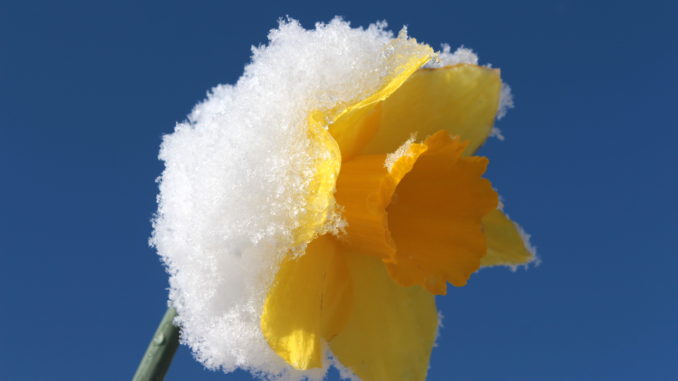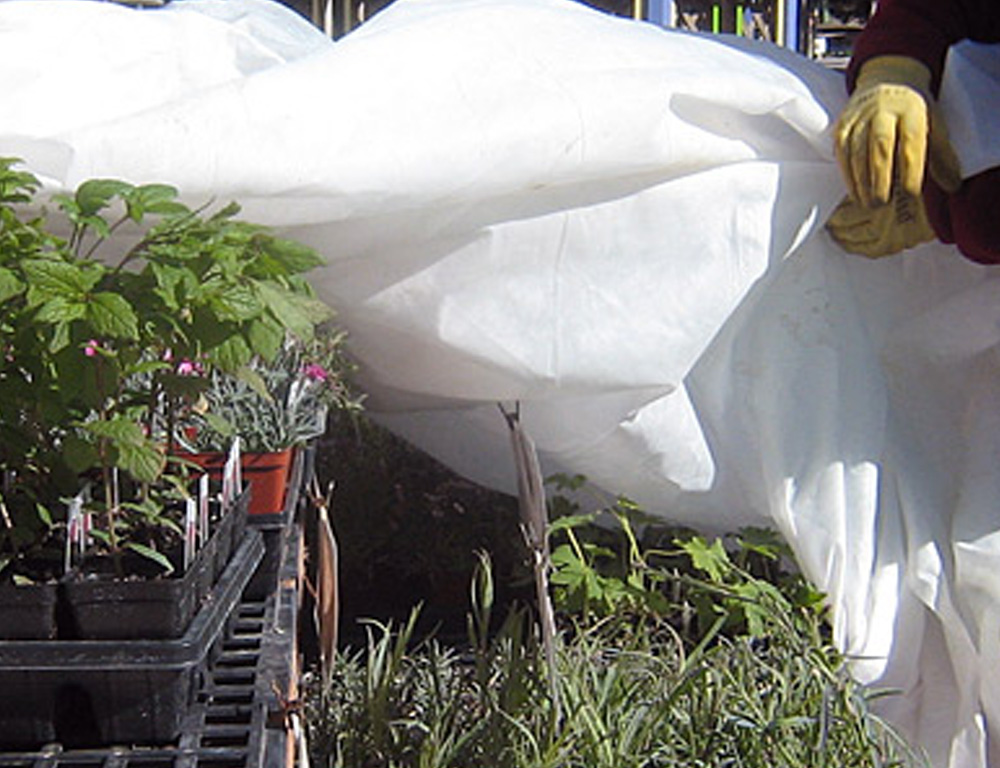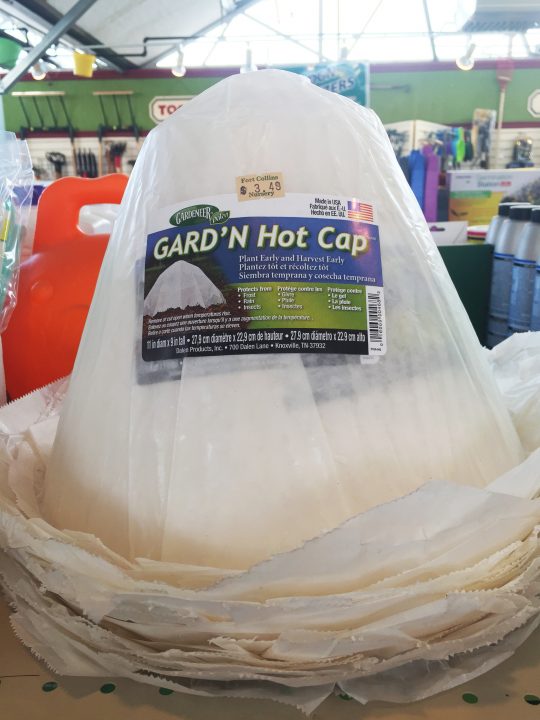
Jesse Eastman, Fort Collins Nursery
Even the hardiest of vegetables and flowers need protection from frost and freezing temperatures. In Northern Colorado, the average last frost occurs in mid-May, and in Southern Wyoming, it can be as late as the first or second week of June. When it comes to protecting tender plants, don’t let those 70 degree days fool you!
What will survive a frost?
Most early spring bulbs resist unpredictable weather, but the actual blooms are more likely to be damaged. The same goes for vegetables; early season crops may thrive in cooler conditions but may be devastated by a hard cold snap (typically 28 degrees Fahrenheit and warmer is safe for most frost-hardy crops, but any colder and they risk damage).
What won’t survive a frost?
Warm-season annuals and vegetables including petunias, zinnias, tomatoes, peppers, and beans do not like cold temperatures. Make sure they are well-protected in the event of even a light frost. The blossoms of many fruit trees are also at risk from frost and freeze. While the health of the tree should not be compromised, a late frost or freeze may damage the blossom or any newly developed fruit.
Protecting plants from frost damage

- Frost cloth, whether laid directly over plants or attached to a structure, can provide a few degrees of protection in a light freeze. There are a variety of options for frost cloth including bags to wrap individual shrubs or larger pieces of frost cloth sold by the foot.
- Hot Caps (heavy-duty waxed paper domes) cover tender (but hardened off) crops. Even an upside-down nursery pot can cover plants overnight. Just remember to remove any covering during the day so sunlight can get in.
- Season Extenders (often referred to as Wall-O-Waters) create a very warm environment for individual plants, not only protecting plants from frost but also creating extra warmth during the day, warming soil and accelerating growth.
- Using black plastic to cover the soil in vegetable gardens will also warm the soil, prevent moisture loss and keep weeds at bay. You can do the same in landscape beds with a layer of mulch.
What if there’s snow?
Snow during a frost event can be a blessing and a curse. Snow benefits some plants, especially spring bulbs like tulips and daffodils, by creating a layer of moisture on the plant that keeps cold air from drying and causing further damage.

However, snow can also be very heavy! Especially on trees and shrubs, avoid using frost cloth if temperatures may be so low that it won’t be much help (the benefits of frost cloth are questionable for fruit blossoms in anything below about 28 degrees). Frost cloth can collect a lot of snow, weighing the tree down and creating a tremendous risk of broken limbs that can negatively affect the health of the tree for years to come. Don’t risk your tree’s long-term health in an effort to save a few blossoms!
As always, if you have concerns about protecting your plants, check with your local independent garden center. We are here for you, no matter the weather!
Support Northern Colorado Journalism
Show your support for North Forty News by helping us produce more content. It's a kind and simple gesture that will help us continue to bring more content to you.
BONUS - Donors get a link in their receipt to sign up for our once-per-week instant text messaging alert. Get your e-copy of North Forty News the moment it is released!
Click to Donate
